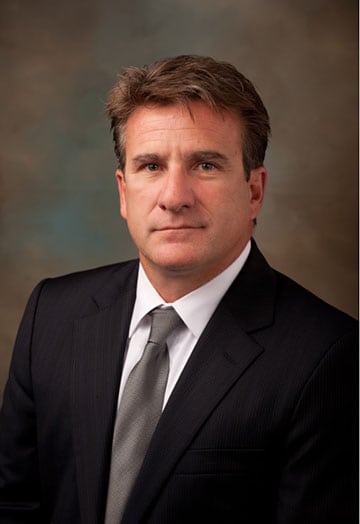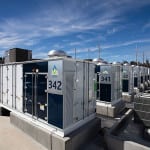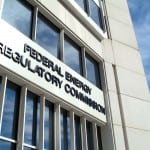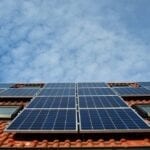A transformation is underway in the energy sector where utility grid infrastructure is evolving to produce more energy from renewable sources and incorporate new advanced grid technologies. Technology concepts such as microgrids, and distributed and district energy help to localize our energy supply and allow us to generate, store, and consume energy in the places where we live and work. These systems reduce greenhouse gas emissions and reduce our dependence on the local utility grid.
In local communities, picture solar panels on your rooftops or city buildings, all tied to a battery storage device. In businesses and for many industries, this can be highly efficient, localized electricity, heating and cooling systems powering office buildings, hospitals, or manufacturing facilities. This is a picture you can see today in many cities and businesses, but it is still far from universal.
Some of the major drivers behind the evolution of distributed energy have been sustainability and reducing carbon footprint to protect public and environmental health. In recent years, however, it seems that infrastructure resiliency is further accelerating the narrative.
When Hurricane Sandy barreled through the Eastern U.S. and Northeast Corridor in 2012, the “100-year storm” caused extreme flooding and winds destroying homes and knocking out power systems. Millions of people were left without electricity for days—and in some cases weeks. Critical facilities and systems that rely on uninterrupted access to utilities were greatly impacted. In the aftermath of the storm, many observers pointed to a handful of facilities, like New York University, that had microgrids and distributed generation and were able to maintain services.
Fast forward to 2017 and a hurricane season that was one of the most active and devastating on record in terms of lives affected and damages to infrastructure. I saw the effects firsthand with hundreds of our employees and many of our clients’ facilities in Puerto Rico, Houston, and the surrounding areas affected.
When Hurricane Harvey hit there were reports of Texas hospitals that closed during the storm and had to transfer patients. Meanwhile, there were reports of “bright-spot” facilities that were able to withstand the effects thanks to sound infrastructure hardening and localized onsite energy generation. In some cases, these distributed energy systems were recently implemented, while others had been put in place decades ago.
These examples show there is a clear need for resilient utilities and viable solutions that are available in today’s marketplace. The question for us in the energy industry to solve is: How do we eliminate barriers so that microgrids and distributed energy become the norm and not the exception?
Some of the barriers to microgrid and distributed energy adoption are that projects are highly capital intensive and require a lot of upfront planning and technical expertise. To overcome this, the industry is actively working to improve technologies and reduce costs while working with policymakers to eliminate regulatory barriers. We are also showing progress by applying innovative business models and service delivery approaches. These approaches are now being termed “Microgrids as a Service” (MaaS).
In practice, this means your local hospitals, college campuses, or businesses can easily procure microgrid and distributed energy solutions by drawing on the resources of firms that have the capital, partnerships, and experienced operations teams ready to deploy. And it allows these facilities to reinvest into other infrastructure hardening measures in addition to core business needs.
We need to ensure the reliability of our critical infrastructure and we expect that these approaches will further allow microgrids and distributed energy to be a part of the solution—and ultimately turn hindsight, into foresight.
—William DiCroce is president and CEO of Veolia North America.










